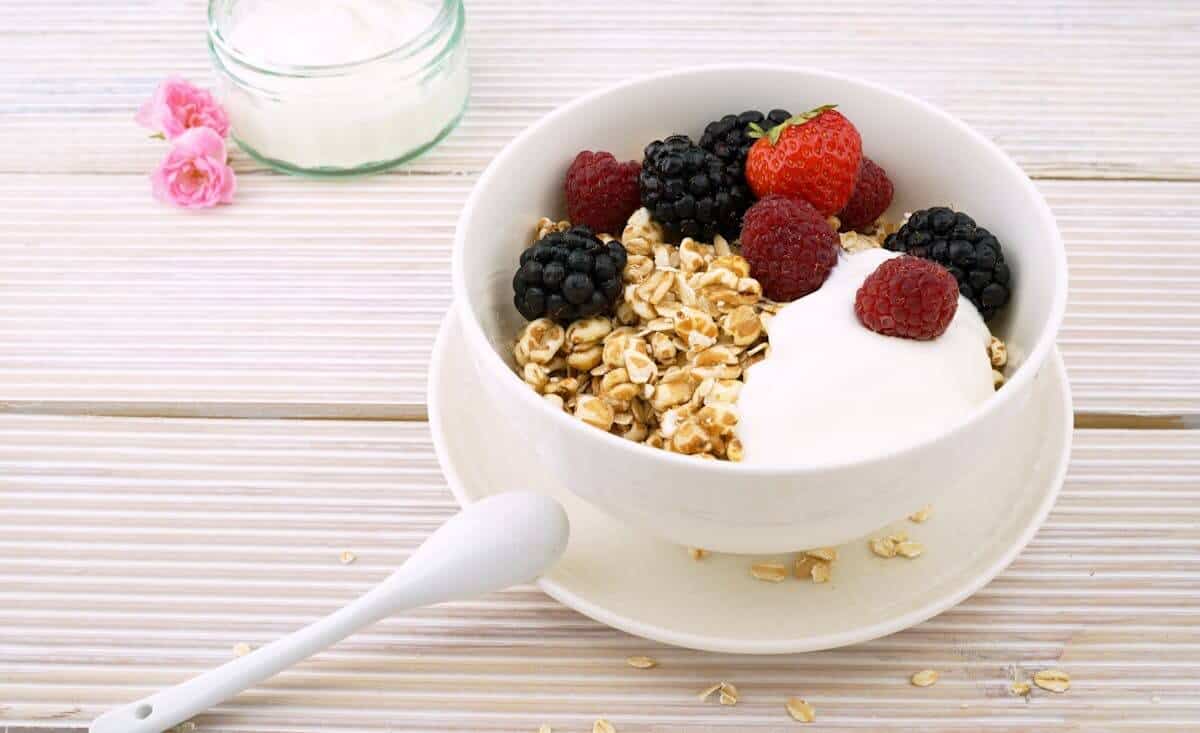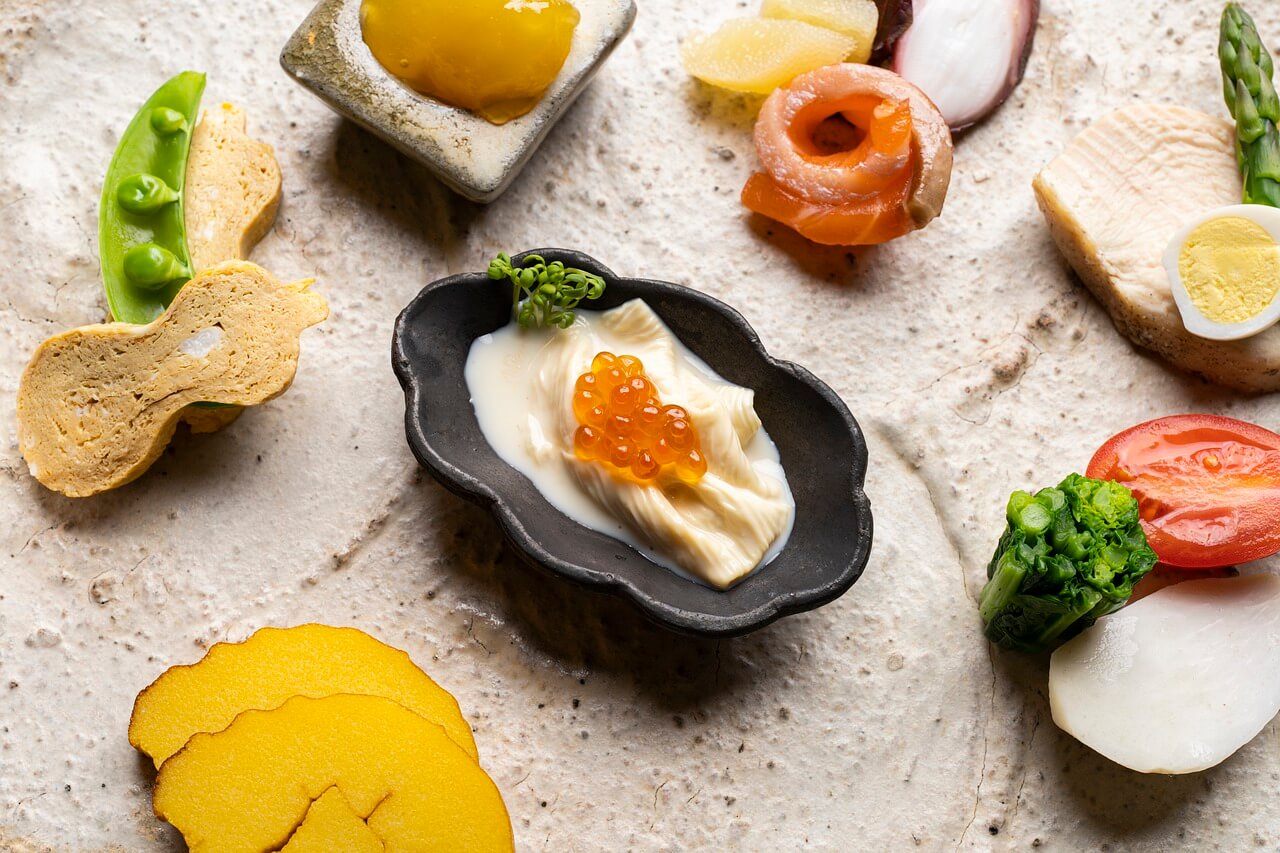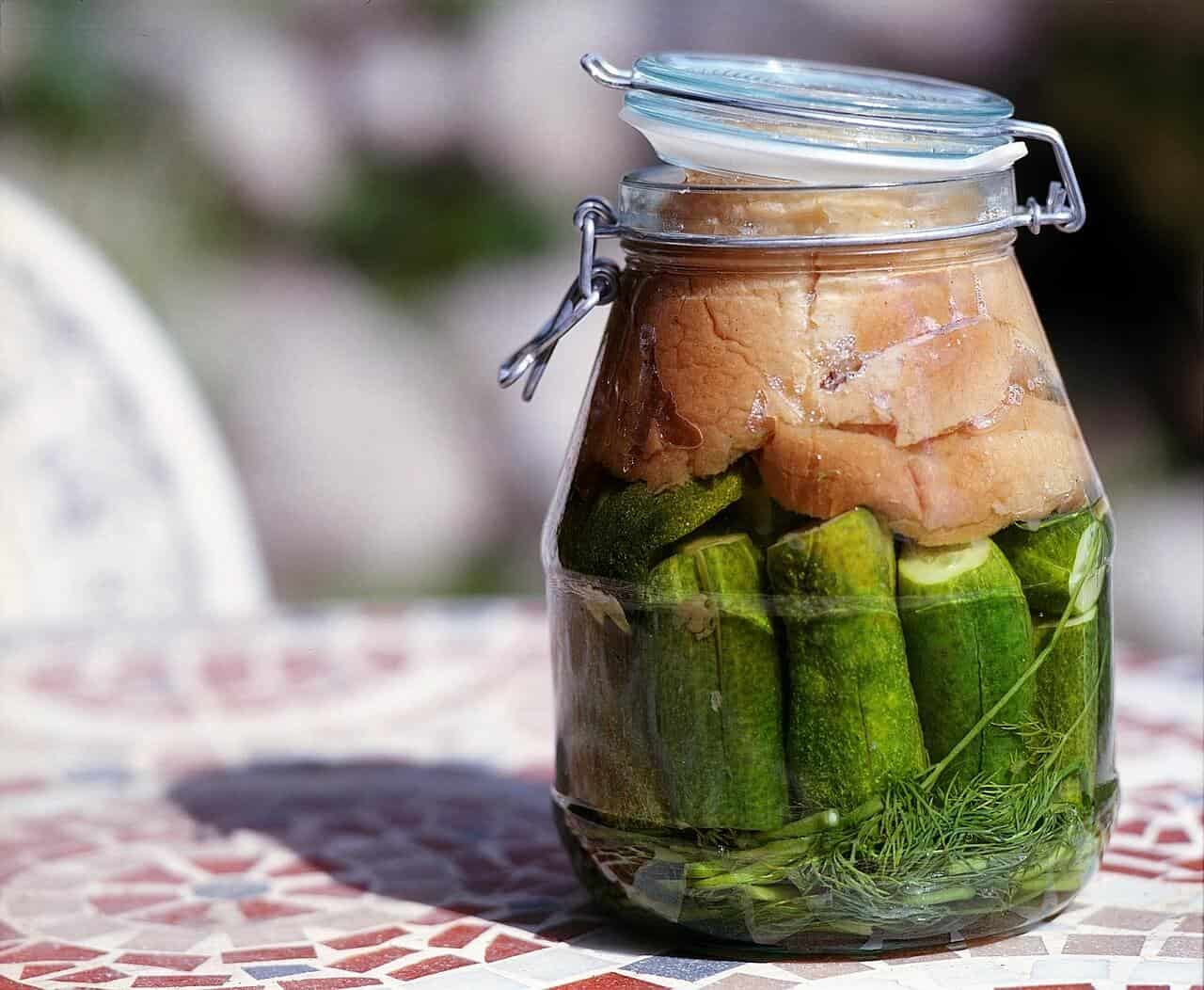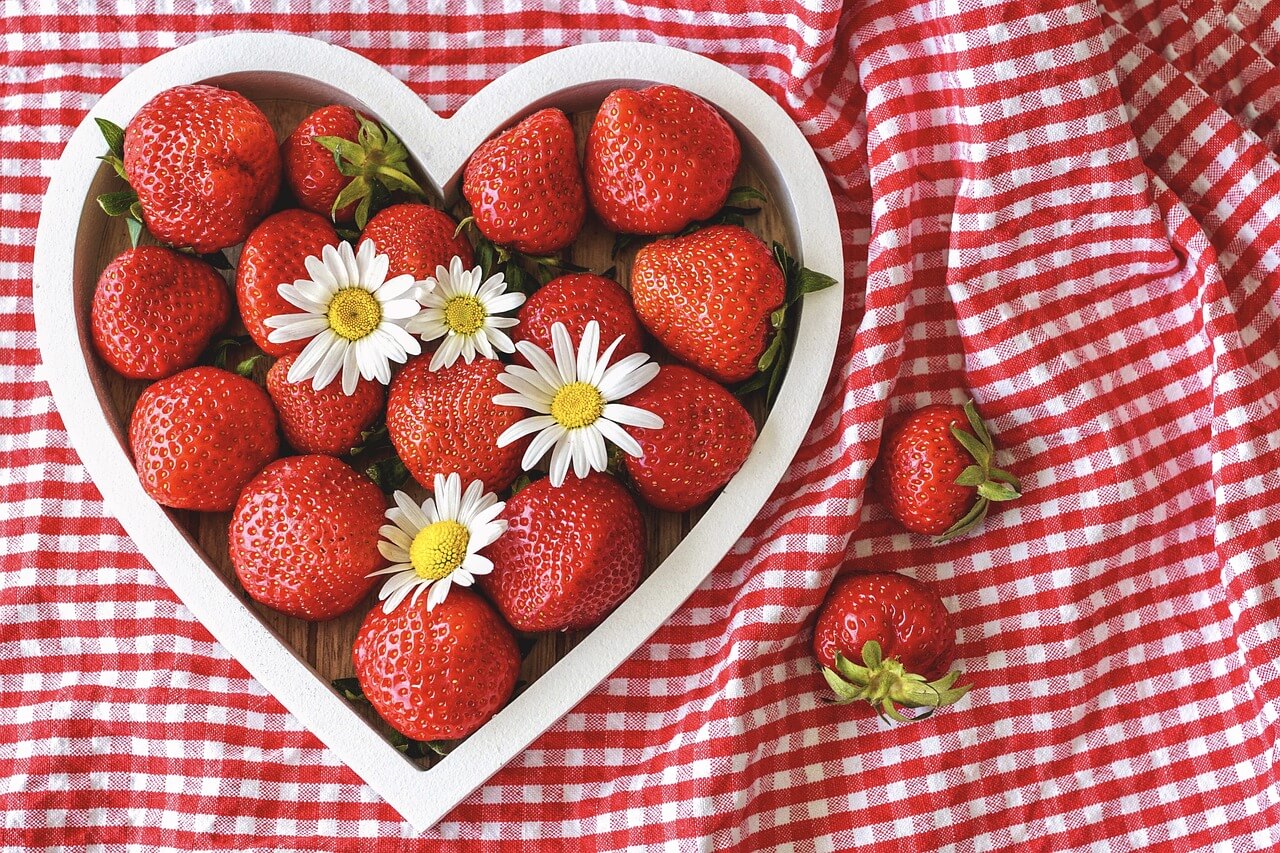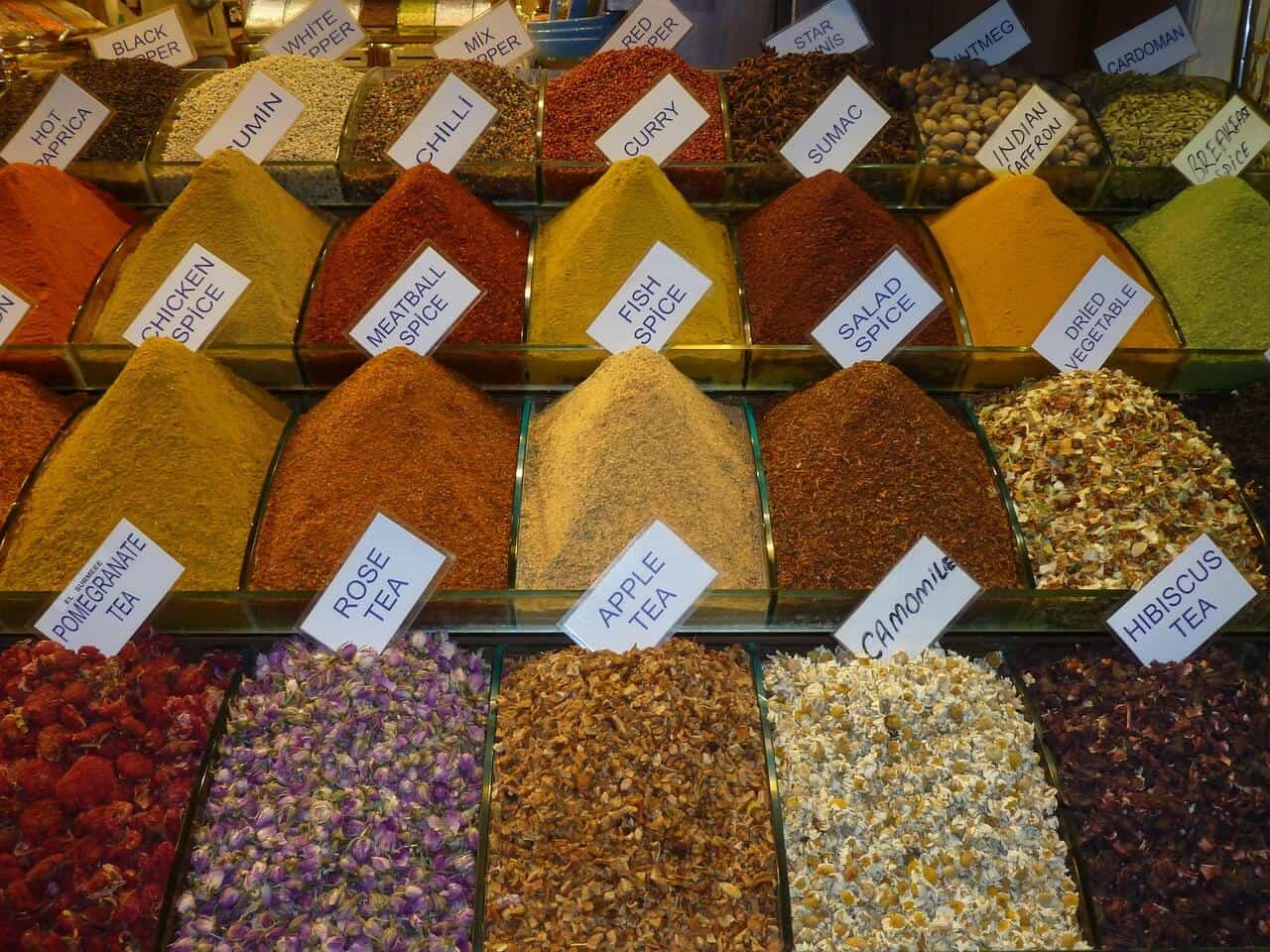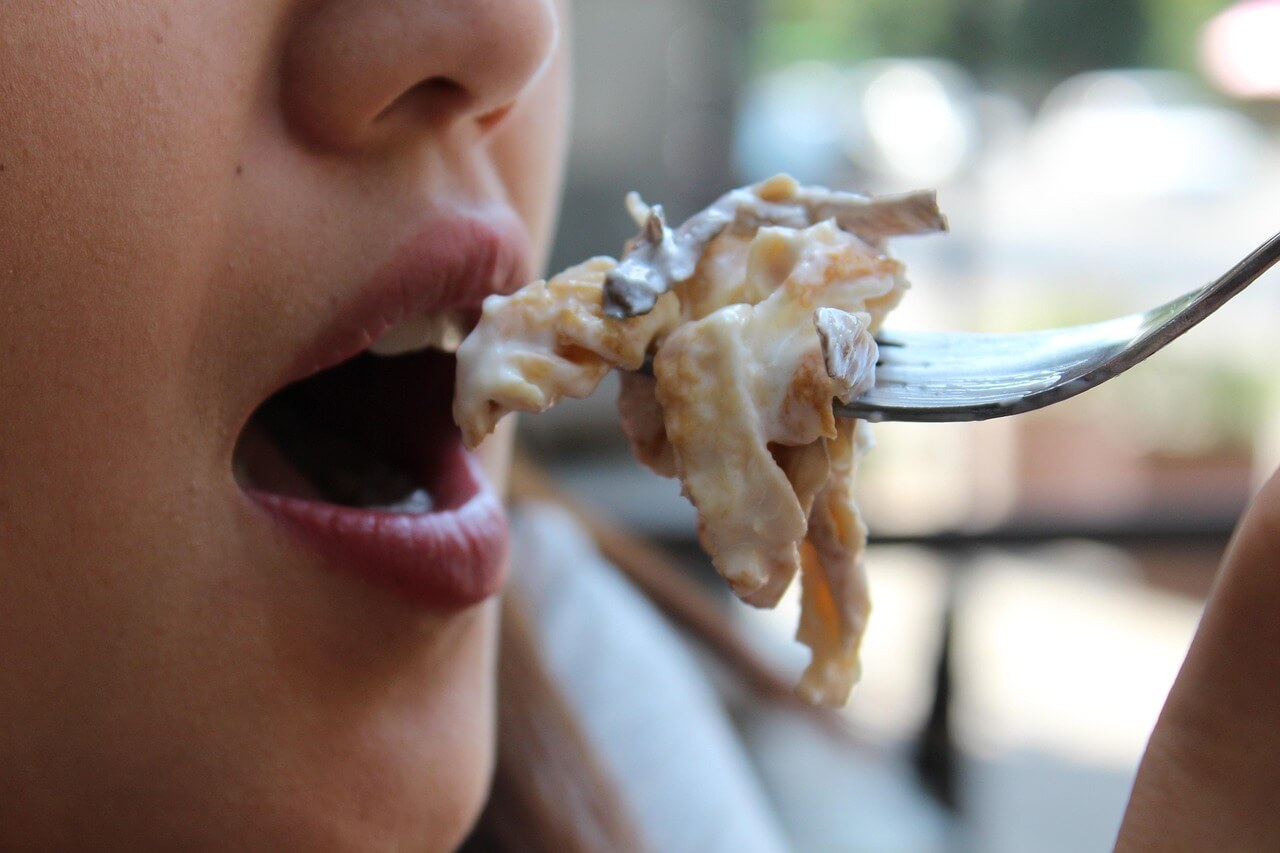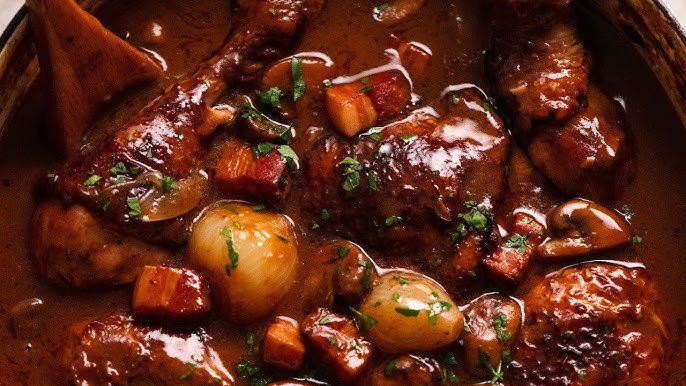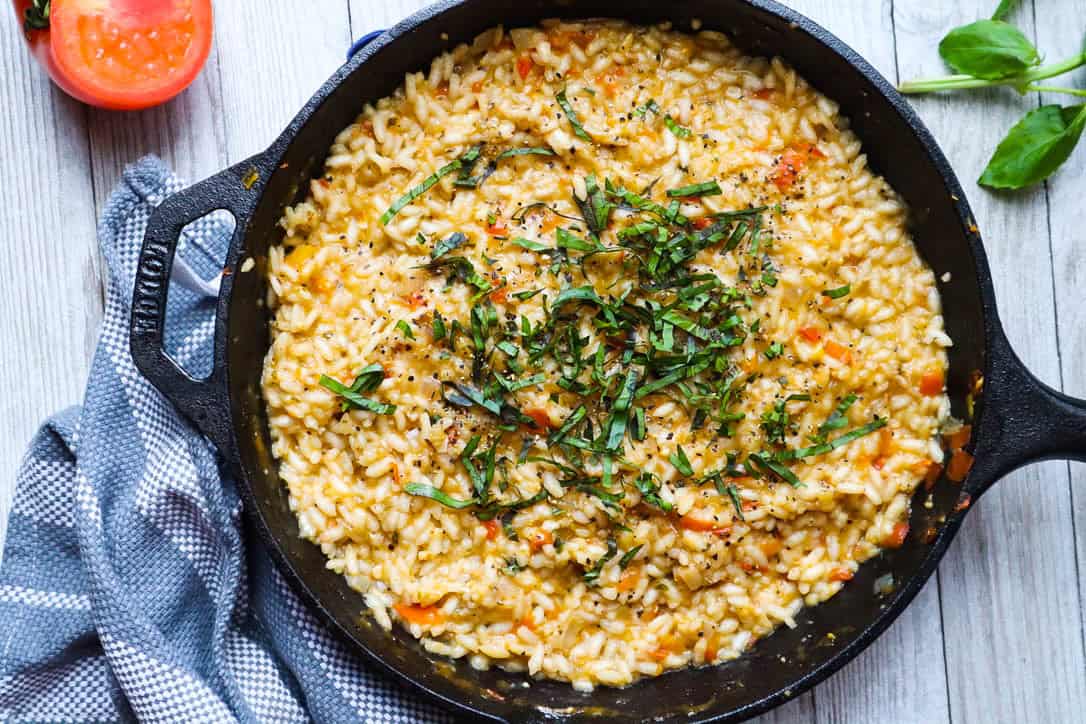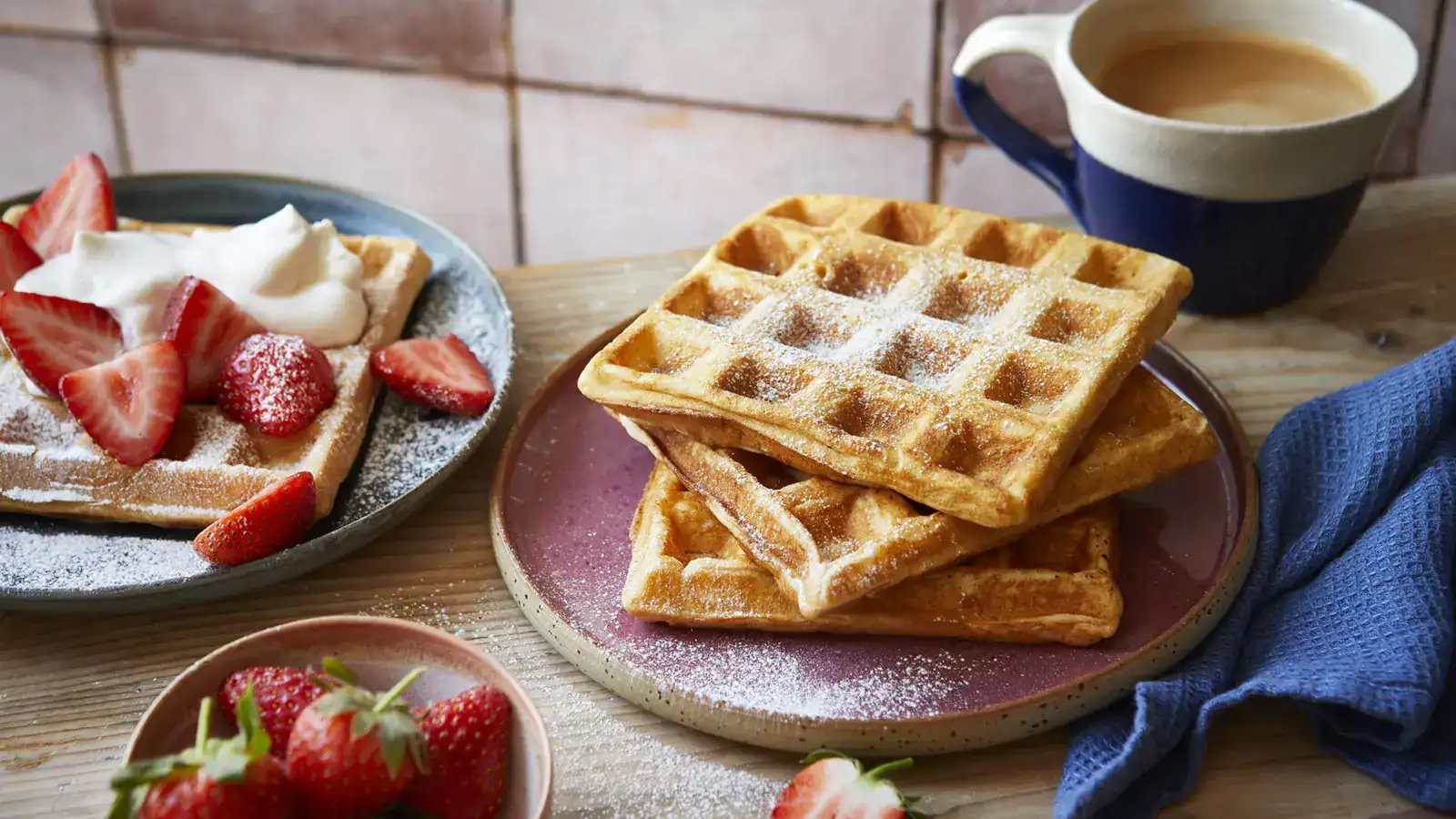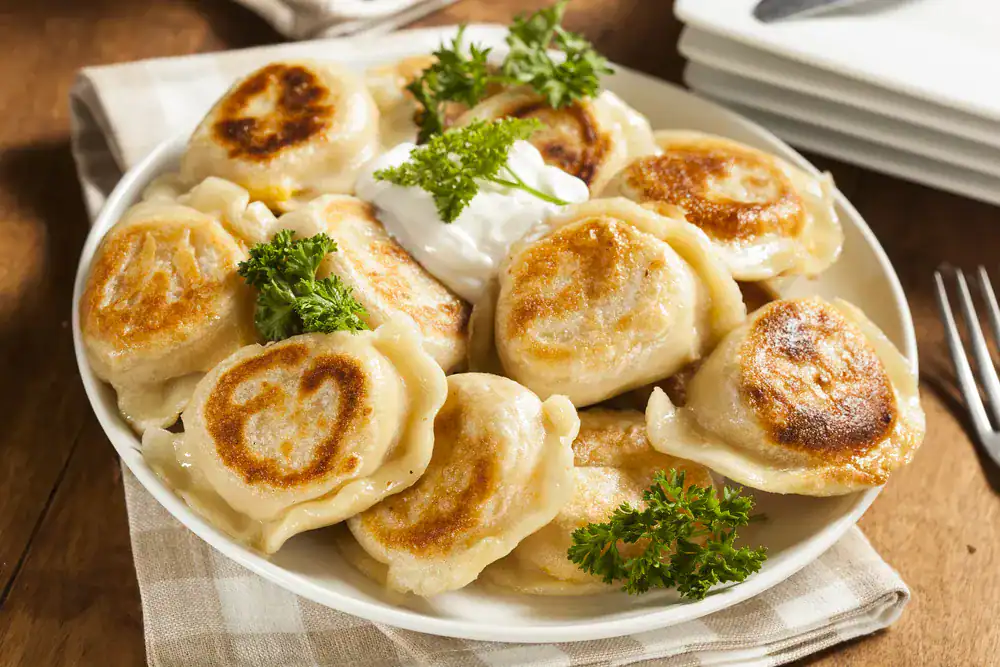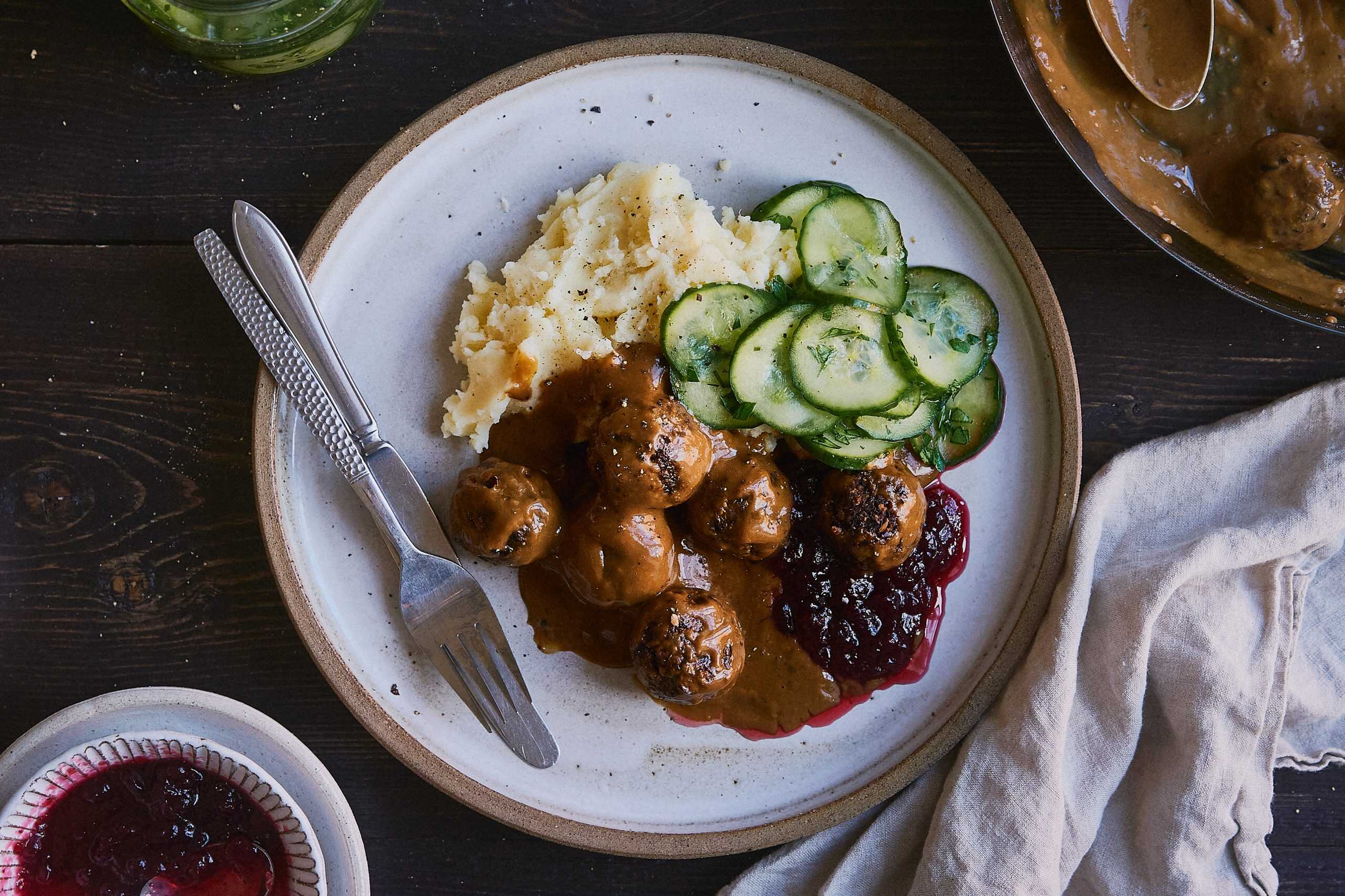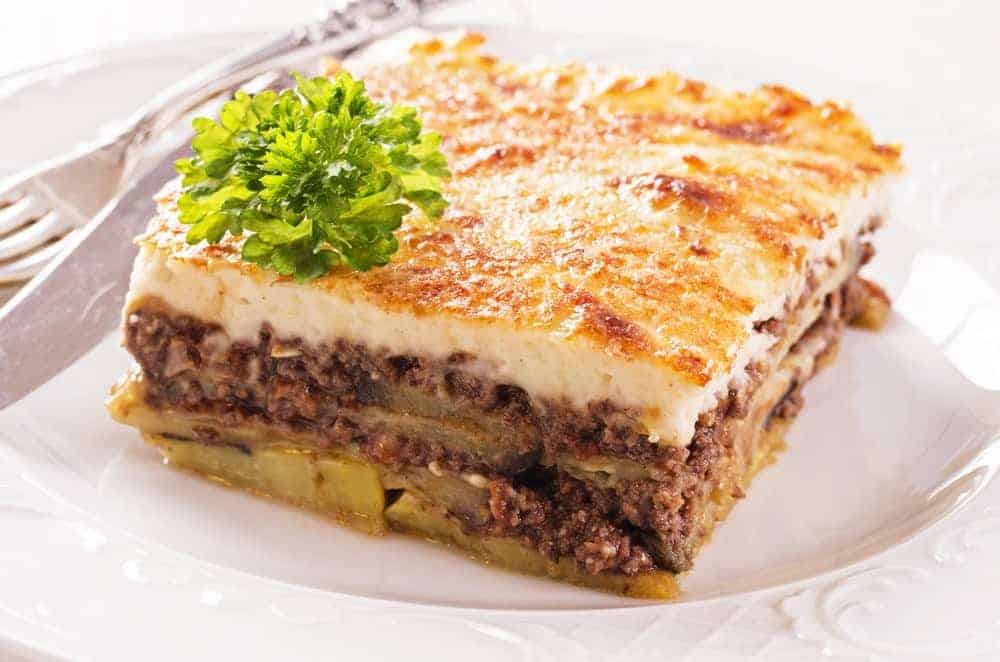Maintaining a healthy gut is the cornerstone of overall well-being. While probiotics often steal the spotlight for their role in supporting gut health, prebiotics are equally important. These non-digestible fibers and compounds serve as food for the beneficial bacteria in your gut, helping them thrive and function effectively.
In this article, we’ll dive deep into the world of prebiotics: what they are, why they matter, and how you can incorporate prebiotic-rich foods into your diet for a happier, healthier gut.
What Are Prebiotics?
Prebiotics are a type of dietary fiber that your body cannot digest. Instead of being broken down and absorbed in the stomach or small intestine, they travel to the colon, where they are fermented by the gut microbiota. This fermentation process promotes the growth of beneficial bacteria like Lactobacilli and Bifidobacteria.
Unlike probiotics, which introduce new bacteria into your gut, prebiotics nourish the bacteria that are already there, encouraging a balanced microbiome.
Why Are Prebiotics Important?
1. Support Digestive Health
Prebiotics help maintain a balanced gut microbiome by feeding the good bacteria. This balance is essential for smooth digestion and prevents issues like bloating, constipation, and diarrhea.
2. Enhance Immune Function
A significant portion of your immune system resides in your gut. By nourishing beneficial bacteria, prebiotics strengthen your gut barrier and enhance immune responses.
3. Improve Nutrient Absorption
Prebiotics assist in breaking down food, making it easier for your body to absorb essential nutrients like calcium and magnesium.
4. Reduce Inflammation
A healthy gut can help regulate inflammation throughout the body, reducing the risk of chronic conditions such as arthritis, heart disease, and even certain cancers.
5. Promote Mental Health
The gut-brain axis—a two-way communication network between your gut and brain—is influenced by the microbiome. Prebiotics play a role in mental health by supporting the production of neurotransmitters like serotonin.
How to Identify Prebiotic Foods
Prebiotic fibers are naturally present in various plant-based foods. These include certain vegetables, fruits, legumes, and whole grains. Key types of prebiotic fibers include inulin, fructooligosaccharides (FOS), galactooligosaccharides (GOS), and resistant starches.
Top Prebiotic Foods for a Happy Gut
1. Chicory Root
- Why It’s Great: Chicory root contains inulin, a powerful prebiotic fiber that promotes the growth of beneficial bacteria.
- How to Use: Often used as a coffee substitute or added to teas, chicory root is versatile and flavorful.
2. Garlic
- Why It’s Great: Garlic contains both inulin and FOS, making it a potent prebiotic. It also has antimicrobial properties that support gut health.
- How to Use: Add garlic to soups, stir-fries, or roasted vegetables for a flavorful boost.
3. Onions
- Why It’s Great: Onions are rich in inulin and FOS, supporting healthy digestion and improving calcium absorption.
- How to Use: Sauté onions as a base for dishes, or enjoy them raw in salads and sandwiches.
4. Bananas
- Why It’s Great: Green, unripe bananas are high in resistant starch, a prebiotic that ferments in the colon and feeds beneficial bacteria.
- How to Use: Add sliced bananas to smoothies, oatmeal, or yogurt.
5. Asparagus
- Why It’s Great: Asparagus is another excellent source of inulin, promoting the growth of good gut bacteria.
- How to Use: Steam or roast asparagus and serve it as a side dish or add it to salads.
6. Leeks
- Why It’s Great: Like onions and garlic, leeks are rich in inulin and can enhance gut health while adding a mild, sweet flavor to dishes.
- How to Use: Use leeks in soups, stews, or sauté them as a side dish.
7. Jerusalem Artichokes
- Why It’s Great: Also known as sunchokes, these are packed with inulin and offer a slightly nutty flavor.
- How to Use: Roast Jerusalem artichokes or add them to salads for a crunchy texture.
8. Oats
- Why It’s Great: Oats contain beta-glucan and resistant starch, both of which have prebiotic properties.
- How to Use: Cook oats for breakfast porridge or use them in baking.
9. Barley
- Why It’s Great: Barley is a great source of beta-glucan, which fosters healthy gut bacteria and regulates cholesterol levels.
- How to Use: Include barley in soups, salads, or as a side dish.
10. Legumes (Lentils, Chickpeas, Black Beans)
- Why They’re Great: Legumes are high in resistant starch and other fibers that act as prebiotics.
- How to Use: Add legumes to soups, stews, or salads, or blend them into hummus or dips.
Tips for Including Prebiotic Foods in Your Diet
- Start Slowly: If you’re new to high-fiber foods, introduce them gradually to avoid bloating or discomfort.
- Pair with Probiotics: Combine prebiotic foods with probiotic-rich options like yogurt or kefir for a synergistic effect.
- Diversify Your Sources: Include a variety of prebiotic foods to nourish different types of beneficial bacteria.
- Stay Hydrated: Drinking plenty of water helps fibers move smoothly through the digestive system.
Cooking and Prebiotics: Does Heat Destroy Them?
Some prebiotic fibers, like resistant starch, are stable during cooking, while others, like inulin, may lose their potency when exposed to high temperatures. To preserve prebiotic content, consider eating certain foods raw (like onions and bananas) or using gentle cooking methods.
Frequently Asked Questions
Can Prebiotics Cause Side Effects?
When consumed in excess, prebiotics may lead to bloating or gas, especially if your gut isn’t accustomed to high-fiber foods. Start with small amounts and gradually increase your intake.
Are Prebiotic Supplements Necessary?
For most people, a balanced diet provides sufficient prebiotics. However, supplements can be helpful for those with dietary restrictions or specific health conditions.
How Are Prebiotics Different from Probiotics?
Probiotics are live beneficial bacteria, while prebiotics are the fibers and compounds that feed these bacteria. Both work together to support gut health.
The Synergy of Prebiotics and Probiotics
The combination of prebiotics and probiotics—known as synbiotics—offers maximum gut health benefits. For example, pairing yogurt (a probiotic) with bananas (a prebiotic) creates a powerful gut-friendly snack.
Conclusion
Prebiotics are essential for fostering a balanced gut microbiome, which is critical for digestion, immunity, and overall health. By incorporating prebiotic-rich foods like garlic, onions, oats, and legumes into your meals, you can nourish the good bacteria in your gut and enjoy improved well-being.
Make prebiotics a staple in your diet and experience the transformative effects on your digestive health and beyond!
